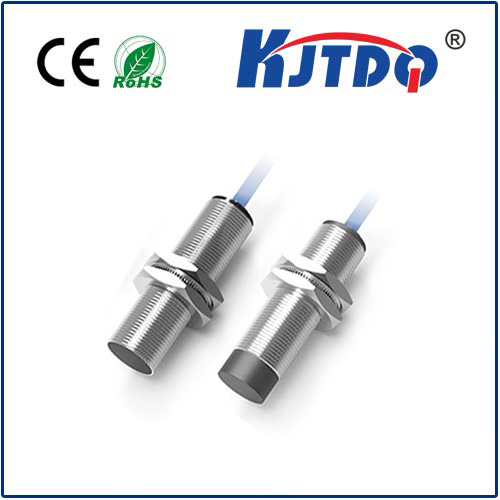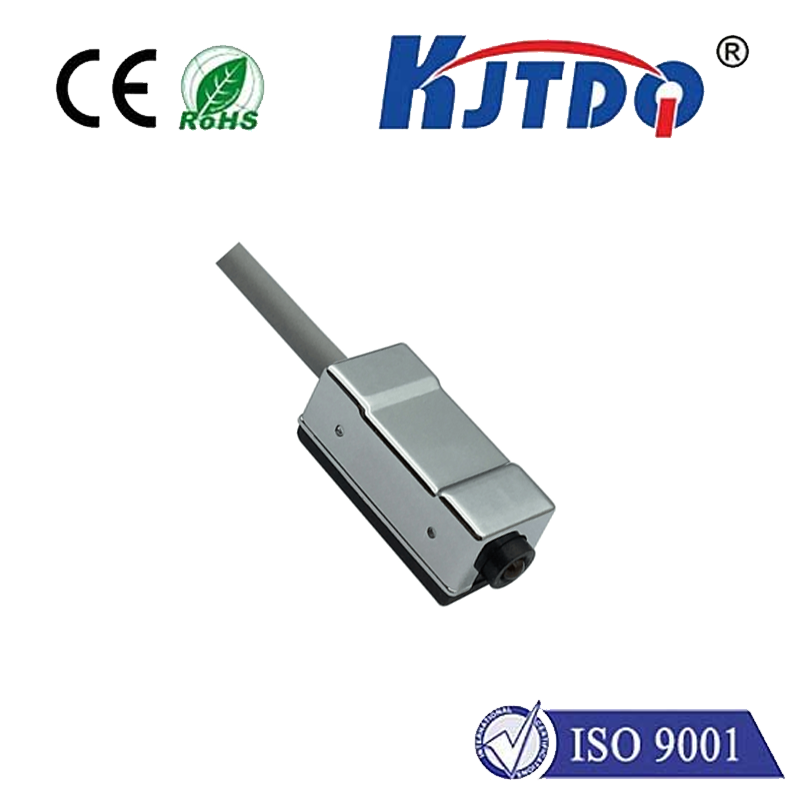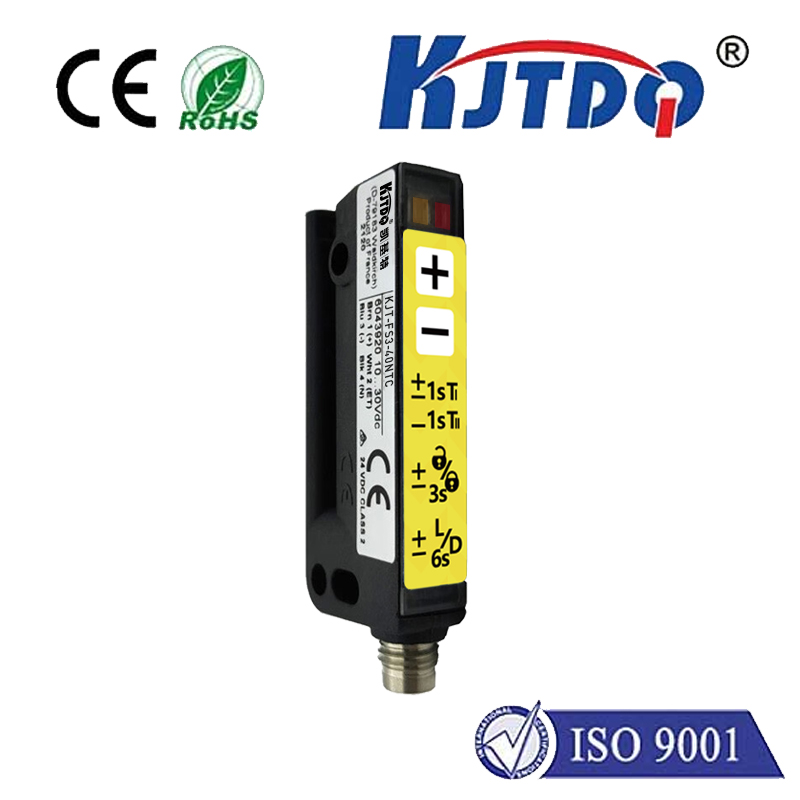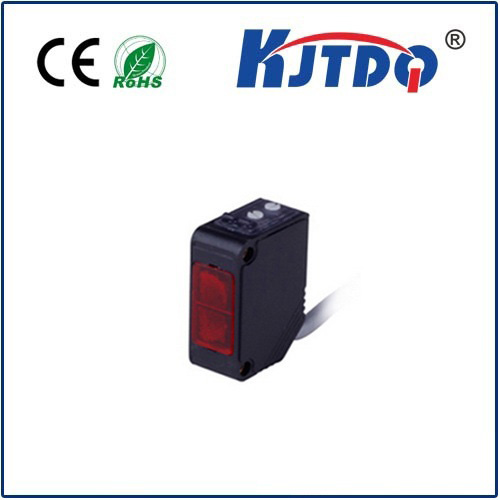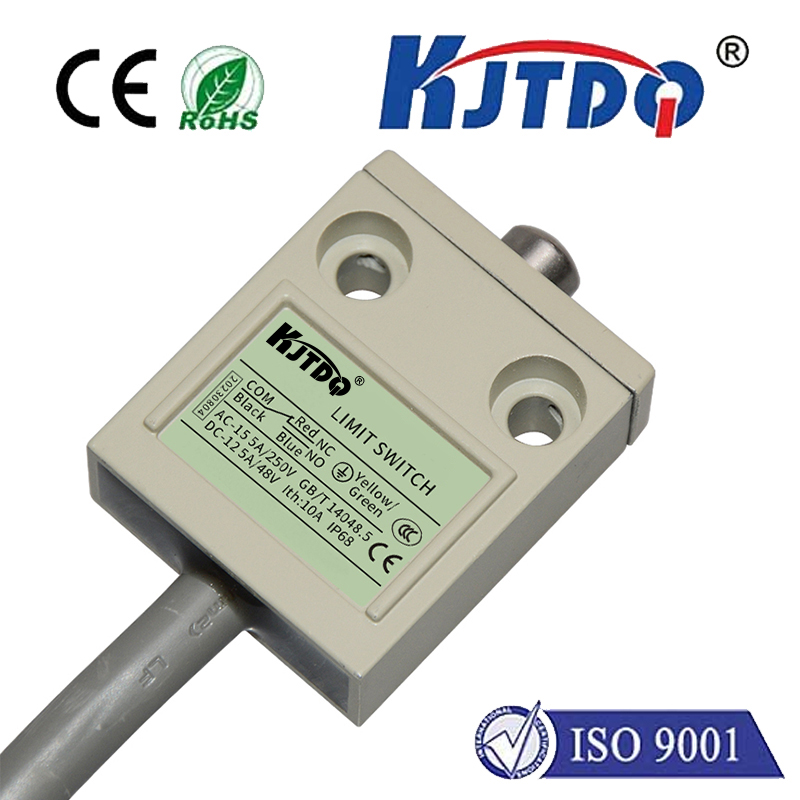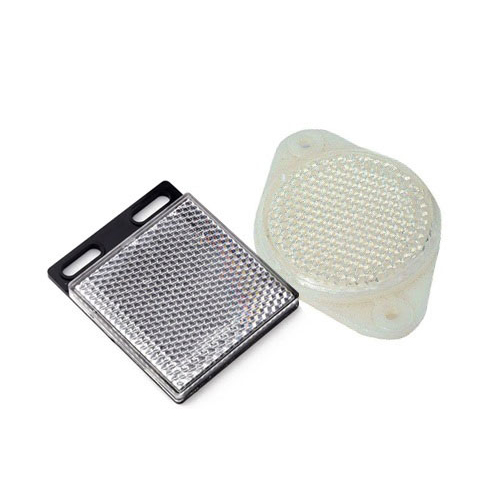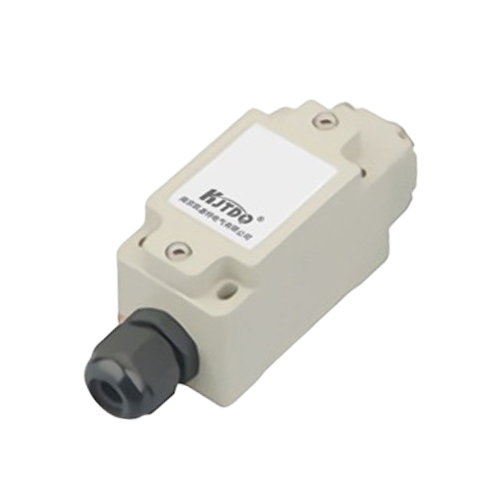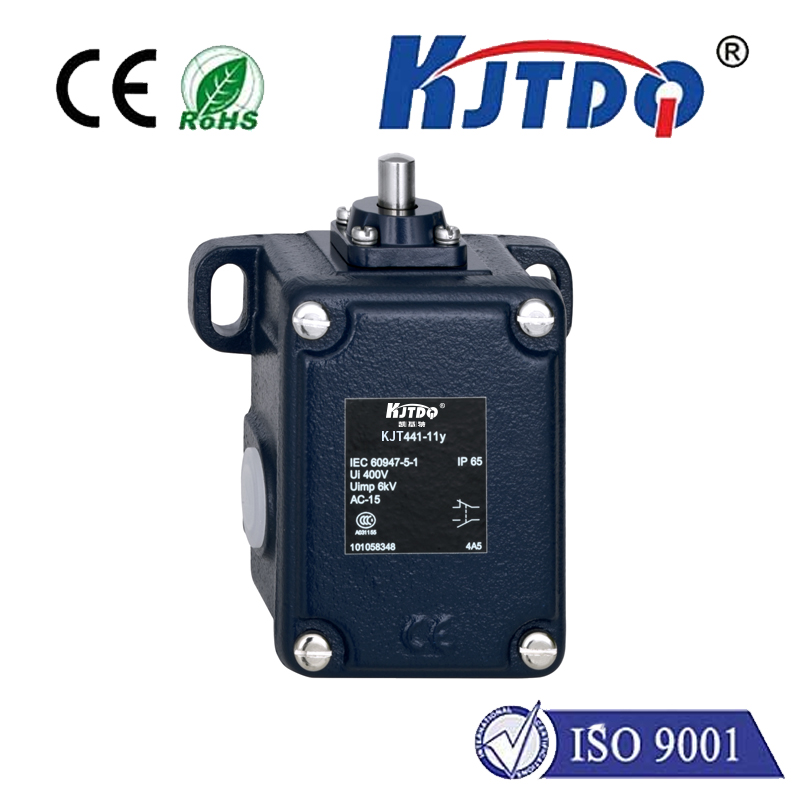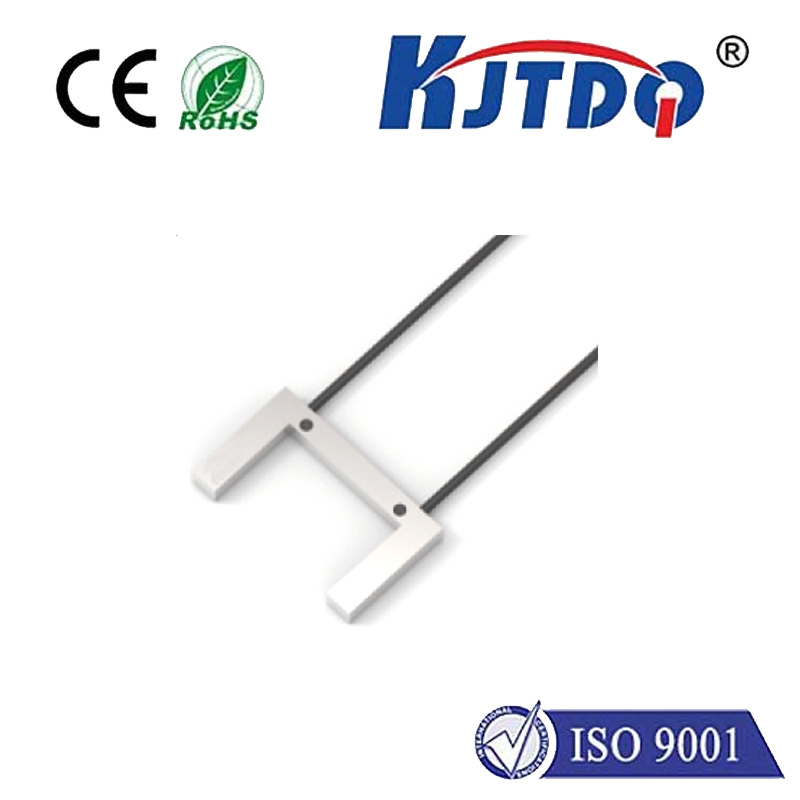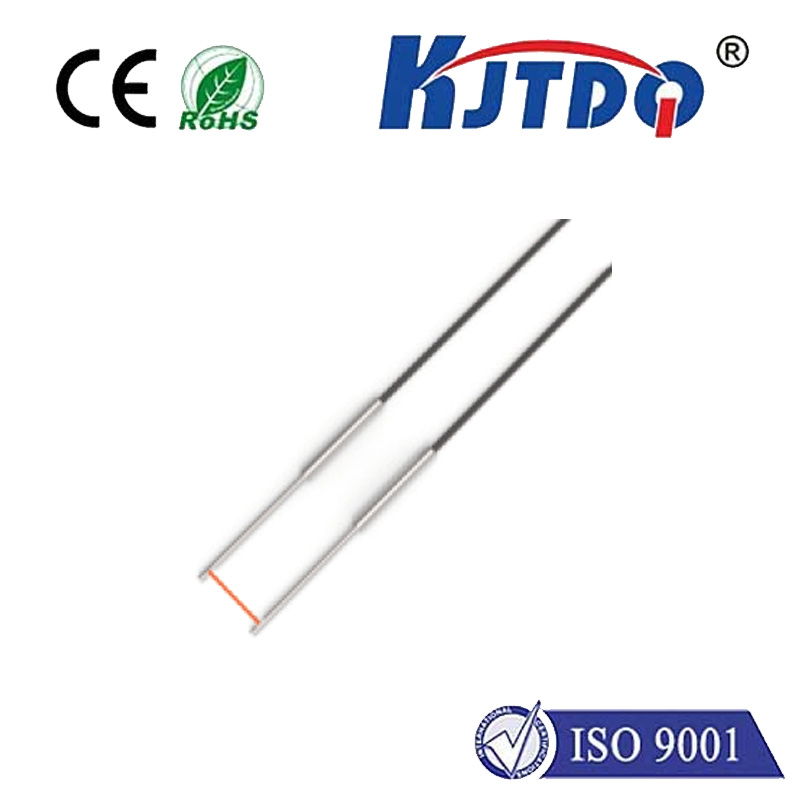

check

check

check

check

check

check

check

check

check

check
Title: Understanding the Role of Heavy Duty Limit Switch in Industrial Control Systems
Introduction
The heavy duty limit switch is a critical component in industrial control systems. It plays a significant role in ensuring the safe and efficient operation of equipment by providing precise feedback on the system's state. In this article, we will delve into the working principle and application of heavy duty limit switches in industrial control systems.
Section 1: Working Principle of Heavy Duty Limit Switches
A heavy duty limit switch is designed to detect the position or movement of an object in a particular direction. It consists of two parts: a sensing element and a switch mechanism. The sensing element can be either a magnetic reed or a photoelectric sensor, depending on the application. When the object approaches or moves past the sensing element, it causes a change in the electrical circuit that activates the switch mechanism. This action alerts the controller or operator that the system has been triggered, allowing them to take necessary actions.
Section 2: Types of Heavy Duty Limit Switches
There are several types of heavy duty limit switches available on the market, each with its unique features and applications. Some of the commonly used types include:
a) 3-position limit switches: These limit switches have three positions - off, on, and reset. They are typically used for simple applications where only two states are required.
b) 4-position limit switches: Similar to 3-position limit switches, these also have three main states (off, on, and reset). However, they offer additional functionality such as adjustable travel limits and multiple switching options.
c) Proportional limit switches: These limit switches use a combination of sensors and actuators to provide precise feedback on the system's state. They can adjust their output voltage based on the distance between the object and the sensing element, ensuring accurate detection even in harsh environments.
d) Telemetric limit switches: Theselimit switches are designed for applications that require long-term monitoring and tracking. They can transmit data over wired or wireless communication networks, providing real-time information about the system's performance and status.
Section 3: Applications of Heavy Duty Limit Switches in Industrial Control Systems
Heavy duty limit switches find widespread usage in various industrial control systems due to their robustness and reliability. Some common applications include:
a) Machine protection: Heavy duty limit switches are used to safeguard against overloading, overcurrent, and other hazards in machinery. They help prevent damage to the equipment and reduce downtime by detecting abnormal conditions early on.
b) Material handling systems: These limit switches are essential components in material handling systems such as conveyors, pallet jacks, and sorters. They ensure smooth operation of these systems by detecting when an object has reached its destination or moved beyond certain limits.
c) Packaging and assembly lines: Heavy duty limit switches are used in packaging and assembly lines to monitor the position of machines and ensure proper alignment of components during production processes.
d) Mining equipment: In mining operations, heavy duty limit switches are used to protect miners from accidents caused by moving objects or falling rocks. They alert the operators when there is a risk of danger, giving them time to take corrective action.
Conclusion
In conclusion, the heavy duty limit switch is a crucial component in industrial control systems due to its ability to provide precise feedback on the system's state. It plays a vital role in ensuring safety and efficiency in various applications, from machine protection to material handling to mining operations. By understanding its working principle and application, operators and engineers can effectively utilize these devices to achieve optimal performance and minimize downtime.
